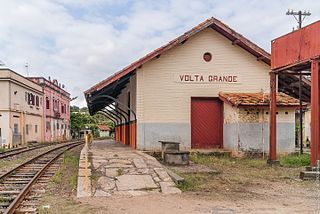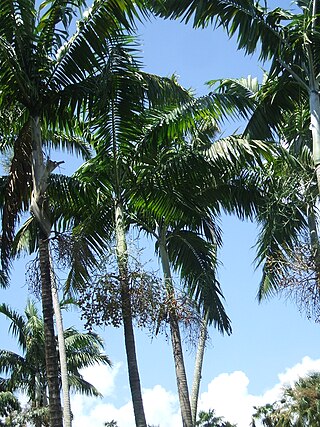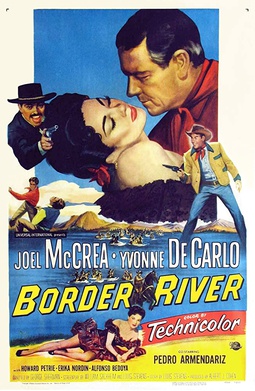
The adrenal cortex is the outer region and also the largest part of the adrenal gland. It is divided into three separate zones: zona glomerulosa, zona fasciculata and zona reticularis. Each zone is responsible for producing specific hormones. It is also a secondary site of androgen synthesis.

Aldosterone is the main mineralocorticoid steroid hormone produced by the zona glomerulosa of the adrenal cortex in the adrenal gland. It is essential for sodium conservation in the kidney, salivary glands, sweat glands, and colon. It plays a central role in the homeostatic regulation of blood pressure, plasma sodium (Na+), and potassium (K+) levels. It does so primarily by acting on the mineralocorticoid receptors in the distal tubules and collecting ducts of the nephron. It influences the reabsorption of sodium and excretion of potassium (from and into the tubular fluids, respectively) of the kidney, thereby indirectly influencing water retention or loss, blood pressure, and blood volume. When dysregulated, aldosterone is pathogenic and contributes to the development and progression of cardiovascular and kidney disease. Aldosterone has exactly the opposite function of the atrial natriuretic hormone secreted by the heart.

The zona pellucida is the specialized area surrounding mammalian oocytes (eggs). It is also known as an egg coat. The zona pellucida is essential for oocyte growth and fertilization.

Acrosin is a digestive enzyme that acts as a protease. In humans, acrosin is encoded by the ACR gene. Acrosin is released from the acrosome of spermatozoa as a consequence of the acrosome reaction. It aids in the penetration of the Zona Pellucida.

Volta Grande is a Brazilian municipality in the state of Minas Gerais. As of 2020 its population was estimated to be 5,261.

The Campo Verano is a cemetery in Rome, Italy, founded in the early 19th century. The monumental cemetery covers a surface area of 83 hectares which is currently divided into several sections: the main Catholic cemetery, the Jewish cemetery established in 1895, a Protestant section with its own entrance and a military section with monument to the victims of World War I.

The zona glomerulosa of the adrenal gland is the most superficial layer of the adrenal cortex, lying directly beneath the renal capsule. Its cells are ovoid and arranged in clusters or arches.
The zona incerta (ZI) is a horizontally elongated region of gray matter in the subthalamus below the thalamus. Its connections project extensively over the brain from the cerebral cortex down into the spinal cord.

Zona Zamfirova is a 2002 comedy-drama film directed by Zdravko Šotra. It is based on the 1906 book by Serbian author Stevan Sremac. The film contains the local vernacular of the Serbian dialect spoken in the region of Niš.

Comet Spitaler is a periodic comet in the Solar System discovered by Rudolf Ferdinand Spitaler on November 17, 1890, while attempting to observe Comet Zona.

Drymophloeus is a genus of flowering plant in the family Arecaceae. It is native to New Guinea and nearby islands in Samoa and Maluku.

Veitchia is a genus of flowering plant in the family Arecaceae.

The White Horseman is a 1921 American silent Western film serial directed by Albert Russell. The serial consisted of eighteen episodes and is now considered lost although some print clippings are known to have survived.

La zona is a 2007 Mexican-Spanish co-production film by director Rodrigo Plá. The film describes a failed break-in attempt in a gated community and the consequences for the thieves and the residents.

Zona Roja is a 1976 Mexican film directed by Emilio Fernández and starring Fanny Cano.

Folliculogenesis-specific basic helix-loop-helix, also known as factor in the germline alpha (FIGalpha) or transcription factor FIGa, is a protein that in humans is encoded by the FIGLA gene. The FIGLA gene is a germ cell-specific transcription factor preferentially expressed in oocytes that can be found on human chromosome 2p13.3.

Giuseppe Battiston is an Italian actor. He has appeared in more than 50 films since 1990.

Border River is a 1954 American western film directed by George Sherman and starring Joel McCrea, Yvonne De Carlo and Pedro Armendáriz.
The 1999 Golden Globes (Portugal) were the fourth edition of the Golden Globes (Portugal).
C/1890 V1 (Zona) is a non-periodic comet discovered on 15 November 1890 by the Italian astronomer Temistocle Zona with an equatorially mounted Merz telescope at the Osservatorio Astronomico di Palermo. Whilst attempting to observe this comet, Spitaler discovered the eponymous 113P/Spitaler in 1890.
This page is based on this
Wikipedia article Text is available under the
CC BY-SA 4.0 license; additional terms may apply.
Images, videos and audio are available under their respective licenses.
















